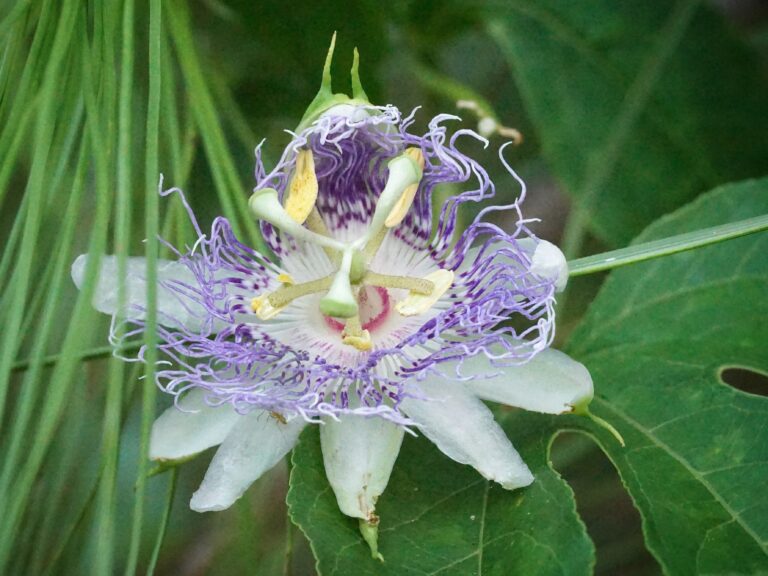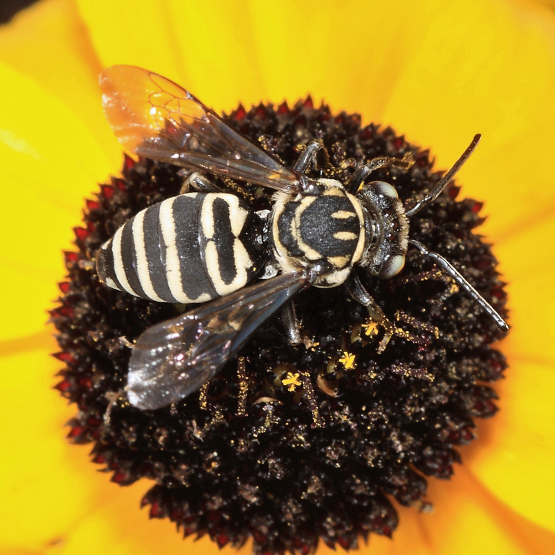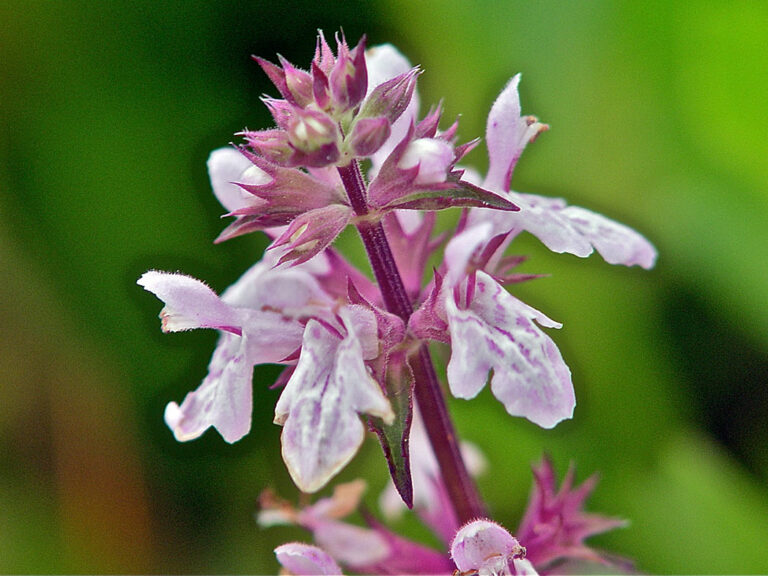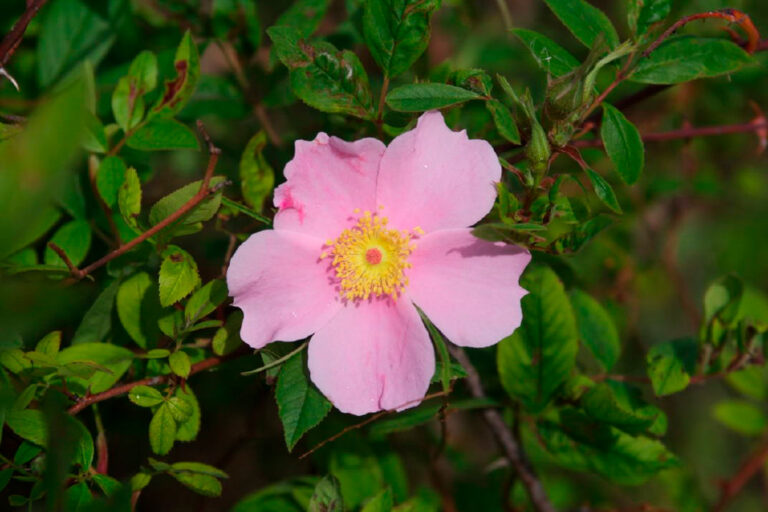Bloom Report: Summer Wildflowers — Strange, Surprising and Just Plain Cool!
Florida’s wildflowers don’t always follow the rules. In this summer bloom report we’re featuring a few fun, weird and wonderful facts about some quirky native blooms!

Florida’s wildflowers don’t always follow the rules. In this summer bloom report we’re featuring a few fun, weird and wonderful facts about some quirky native blooms!

Poaceae is a large and diverse plant family comprising more than 11,000 species of grasses worldwide. There are around 500 species found in Florida, nearly half of which are non-native.

Halictidae, or sweat bees, are an extremely diverse group that are often abundant year round. Some are metallic green, others are smaller than a grain of rice, and nearly all are valuable pollinators.

Pokeweed (Phytolacca americana) is an interesting native plant with quite a history! Found throughout Florida, it grows in woodlands and disturbed sites. The plant has significant wildlife value for pollinators and birds alike.

Cuckoo bees are often mistaken for wasps because their body shape resembles a wasp, and they are nearly hairless. They also lack the pollen baskets that most bees have on their legs because they do not collect pollen for their young.

Pricklypear cactus (Opuntia mesacantha) flowers in late spring, attracting a wide range of pollinators, especially native bees. The fleshy fruits and seeds are eaten by birds, small mammals and gopher tortoises.

You will find Walter and Karin Taylor at most Florida Wildflower Foundation and Florida Native Plant Society events, many times volunteering their time to speak to others or sit at information tables and promote wildflowers.

Wild columbine (Aquilegia canadensis) is one of Florida’s most striking and unique native wildflowers. It occurs naturally in only three counties in the Panhandle and is a state-listed endangered species.
With interest mounting in using wildflowers in urban landscapes, there is a huge demand for information about Florida’s native plants. “20 Easy-to-Grow Wildflowers” features a selection of 20 “tried and true” species that are easy to grow and maintain.

October flower (Polygonum polygamum) is a subshrub found in sandhill, scrub and scrubby flatwoods throughout much of Florida. For most of the year, it is a rather understated plant. But in late summer and fall — particularly October — it is covered in a profusion of snowy white blooms. These small but prolific flowers are especially attractive to native bees.

Florida betony (Stachys floridana) often gets a bad rap because it spreads so prolifically, especially in moist turf lawns. But it is a wonderful native wildflower for attracting bees and butterflies, and is also almost entirely edible to humans.

Swamp rose (Rosa palustris) blooms in late spring through early summer and attracts a variety of pollinators — especially native bees. Its fruits are consumed by birds and small mammals.